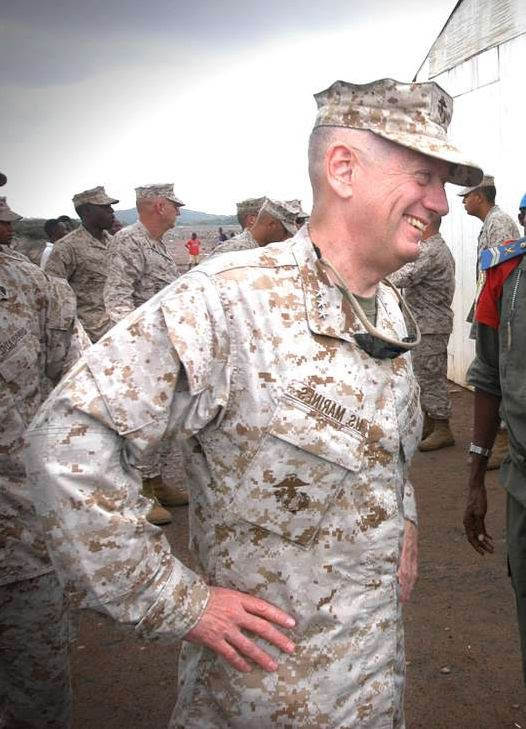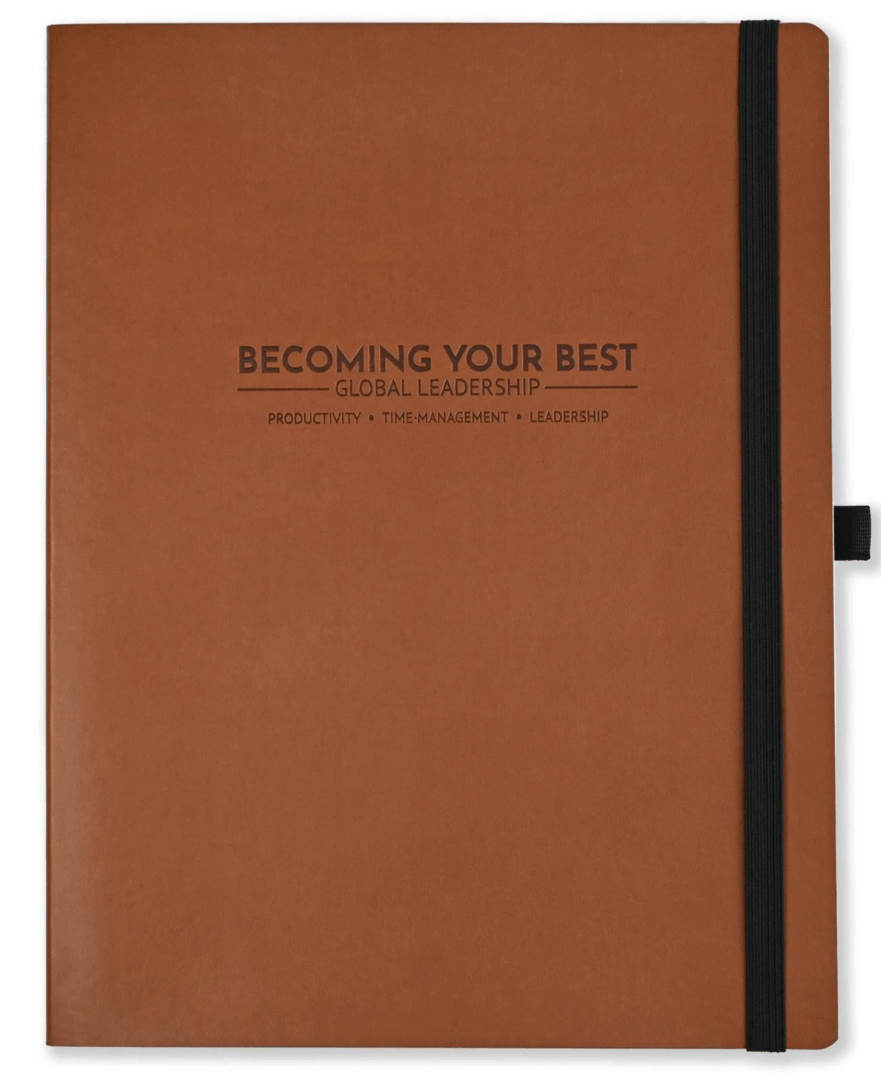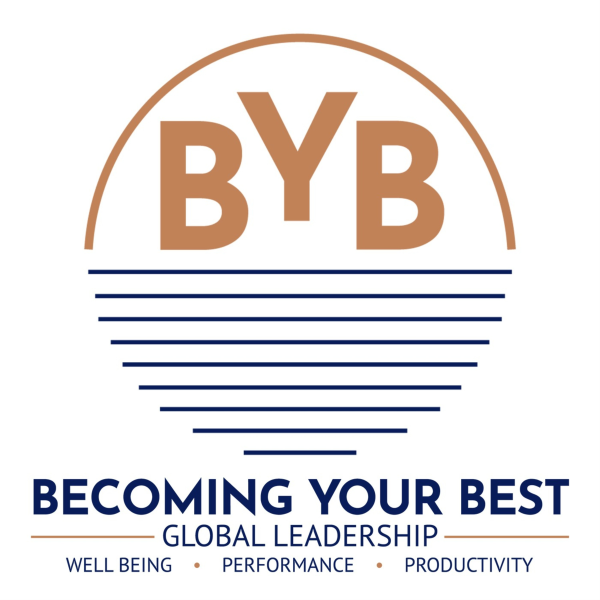What’s the one thing that takes years to build, seconds to break, and forever to repair?
Trust.
Without trust, teams slow down, communication breaks down, and even talented people underperform. But when trust is strong, everything accelerates — alignment, collaboration, innovation, and results.
This week, we’ll explore how leaders can intentionally build and maintain trust — not just as a feel-good value, but as a measurable performance advantage.
Productivity Tip: Build and Maintain Trust
Trust isn’t built by position or title — it’s earned through consistent behavior.
People trust leaders who are competent, consistent, and caring.
- Competence: You do what you say you’ll do, and you’re good at it.
- Consistency: You consistently act with integrity, even when no one’s watching.
- Caring: You genuinely have others’ best interests in mind.
Research from Harvard Business Review found that employees who strongly trust their leaders report 106% more energy, 76% more engagement, and 50% higher productivity. Trust directly drives performance.
Leaders who break trust often do so unintentionally — by overpromising, missing follow-ups, showing favoritism, or failing to communicate changes. But the good news is: trust can be rebuilt through humility, transparency, and consistent follow-through.
Trust is the currency of leadership. When people trust you, they give their best. When they don’t, they protect themselves.

Case Study: General Mattis
When General James Mattis took command of the 1st Marine Division during the Iraq War, he inherited a massive responsibility — leading tens of thousands of Marines in one of the most complex operational environments in modern history.

Mattis understood that success in combat wasn’t just about strategy or firepower; it was about trust. His Marines had to trust him — and each other — completely.
He built that trust deliberately. Mattis spent countless hours with his Marines, walking lines, visiting every unit, and learning every name he could. He was known for his relentless preparation and mastery of military history, but also for his personal care — listening to troops, remembering families, and making himself accessible.
He was clear about standards and accountability, but equally clear about his loyalty to his people. His philosophy: “Take care of your troops, and they’ll take care of the mission.”
The result? The 1st Marine Division became one of the most effective fighting forces in Iraq. His people trusted that every decision he made was grounded in competence, consistency, and care — the foundation of every high-performing organization.
Mattis later said, “The most important six inches on the battlefield is between your ears.” That wisdom applied not only to tactics — but to trust.
So, Now What? The "How To"
Here are three ways to build and maintain trust every day:
- Say what you’ll do — and do what you say. Reliability builds confidence. If you can’t meet a commitment, communicate early and honestly.
- Be transparent. Don’t hide problems or sugarcoat tough news. People respect leaders who tell the truth, even when it’s uncomfortable.
- Show care and competence. Take time to understand your people’s challenges, and then use your skills to help them succeed. Be with and for your people!
Bonus: When trust is damaged, rebuild it through apology + consistency. Admit mistakes, outline what you’ll do differently, and follow through over time.
Trust is the invisible glue that binds people, teams, and missions together. Protect it relentlessly — because once you have it, everything else becomes easier.
That’s becoming your best!

“Trust is built with consistency.”
-Lincoln Chafee
Fall Planners

Where do you write your weekly virtue? Get a planner built around the success rhythm and the habits to Do What Matters Most! You have a dedicated place for a weekly virtue! Plus, a pre-week planning matrix to schedule priorities first. And a weekly and monthly reflection guide to boot! Grab yours and lead your life by design.
Want to learn more about our training solutions?
Leadership Development: The 12 Principles of Highly Successful Leaders
Do What Matters Most: The #1 Time-Management and Productivity Solution
The Six-Step Process: Six-Steps to Solve Your Biggest Challenges
Free Resources

